Around 60% of the internet is powered by WordPress. Though it is a splendid platform, it can become quite sluggish as website admins often clutter their site with unnecessary plugins and complicated themes. They also tend to ignore mandatory best practices that people follow for speed optimization.
In this article, we’ve made a list of actionable tips to speed up WordPress website, compiled over our 10+ years of hosting experience.
Table of Content:
- 13 Tips on How to Speed up WordPress Website
- Choose a Reliable Cloud Hosting Provider
- Image Optimization
- Effective Caching
- Content Delivery Network
- Don’t use a Heavy Theme
- Your Homepage should be Properly Optimized
- Disable Hotlinking
- Store only Optimum Amounts of Post Revisions
- Minify HTML, JavaScript and CSS Files
- Keep Everything Updated
- Add Expires Headers
- Reduce your Website’s size using GZIP Compression
- Disable Inactive or Slow Plugins
- Conclusion
13 Tips on How to Speed up WordPress Website
1. Choose a Reliable Cloud Hosting Provider

If you’re starting out, then shared hosting might seem tempting from the looks of it. But in reality, it increases the risk of downtime and data breaches.
Moreover, shared resources can also hinder your site’s speed. Especially during festive seasons, shared servers will have a high traffic load, which can induce long periods of downtime.
Therefore, don’t fall for the $3 price tag. Properly check what features and functions your shared hosting provider has included in your plan. Better yet, go for a fully managed cloud hosting provider if you find it feasible. You will not have to worry about your WordPress site’s speed, security, and monitoring.
2. Image Optimization
Heavy images and visual elements like videos, GIFs, etc can slow your WordPress site down significantly. On average, images make up at least 30-34% of all content on a website.
Because of this, you should always upload compressed versions of all media files. It might be a little tough to optimize videos, but images can be compressed easily without compromising too much on their quality. This is why following this step is a must if you want to lighening-fast speed.
WordPress offers many free plugins to achieve this. WPSmushit is one example. You can also checkout WP Compress for excellent image optimization.
3. Effective Caching
Installing the right caching plugin on your WordPress website will notably improve your site’s speed. Through caching, your site’s frontend view will be saved for any future visitors. This way, your server or WordPress will not have to load the site again and again for every viewer visiting the site.
Most web pages have a lot of elements that need to be processed and loaded for customers to see. These elements include HTML, CSS, JS, images, fonts, etc. Your site’s page speed will improve if all these content files are already cached.
W3 Total Cache is the most popular and easy-to-use WordPress caching plugin.

4. Content Delivery Network
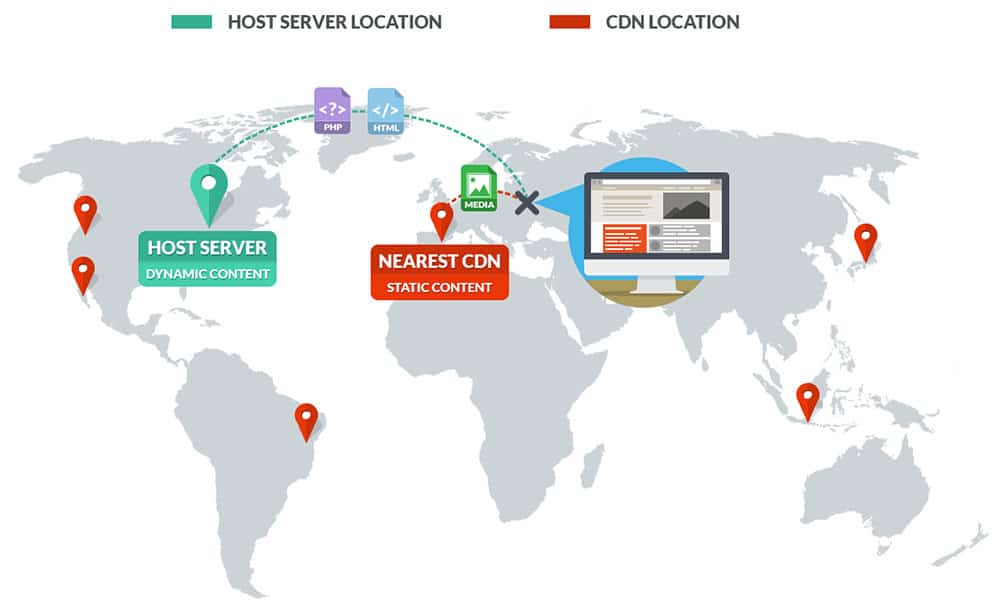
A Content Delivery Network or CDN is another useful tool to speed up your WordPress site. A CDN essentially contains a network of servers spread across different locations around the globe. These servers cache or store your site’s static content like images, CSS, HTML, JS, etc. They deliver these copies to viewers when requested.
The aim is to reduce latency caused in data transmission over large distances. Meaning, if your site’s servers are located in the USA, then customers trying to view your site from Europe can experience low site speed because the information has to travel over a large distance.
Now if you choose a CDN server in Europe, then your site’s static content will get stored there, and your site’s load speed will also increase!
You can find a lot of CDN plugins in the WordPress repository. You can also check out the much recommended Cloudflare CDN that can be easily installed on your WordPress website.
5. Don’t use a Heavy Theme
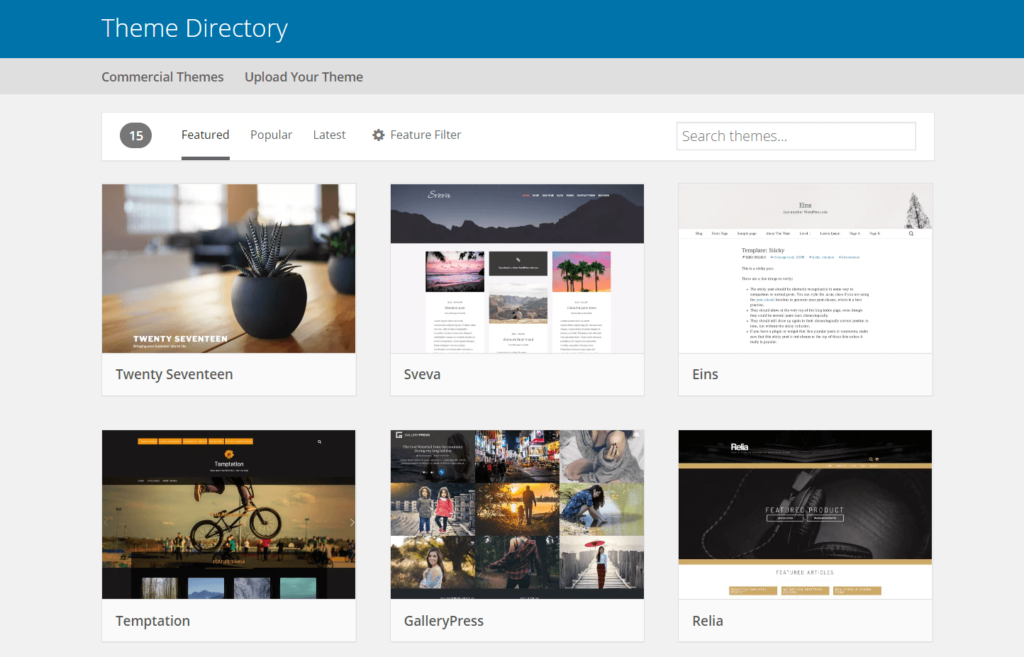
The WordPress community is huge. Themes are rolled out regularly and in abundance. It is wise to go for lightweight themes that have a simple framework. There is no point in choosing an overly complex theme just because it looks fancy. It will come with a lot of extra features that you might never use. Moreover, the less cluttered your site’s UI is, the better.
WordPress has plenty of free themes you can choose from. Light themes might not meet all your needs, but you can always make changes in your site’s CSS and give your theme the features you want.
6. Your Homepage should be Properly Optimized
The homepage is the most important page for any website, as that is where most users land to learn about your business or make a purchase. An uncluttered homepage, with the right number of posts and other content, will load faster.
A few basic tips for optimizing your homepage include:
- Showing excerpts instead of full posts.
- Remove unnecessary widgets and plugins.
- Reduce the number of posts or content elements (images, videos, etc) on the page.
- Try to de-clutter as much as possible.
7. Disable Hotlinking
Hotlinking occurs when other sites directly link to the images on your site from their articles or pages, increasing the load on your server. You can say that other websites are stealing bandwidth from your server.
As your images become more and more popular, more people will share it, and consequently, the load on your servers will increase. In order to prevent this from happening, insert the following code in your root .htaccess file:
/* Prevent image hotlinking in WordPress */
RewriteCond %{HTTP_REFERER} !^$
RewriteCond %{HTTP_REFERER} !^http(s)?://(www.)?yourwebsite.com [NC]
RewriteCond %{HTTP_REFERER} !^http(s)?://(www.)?google.com [NC]
RewriteCond %{HTTP_REFERER} !^http(s)?://(www.)?facebook.com [NC]
RewriteCond %{HTTP_REFERER} !^http(s)?://(www.)?twitter.com [NC]
RewriteCond %{HTTP_REFERER} !^http(s)?://(www.)?other-websites-go-here.com [NC]
RewriteRule .(jpg|jpeg|png|gif)$ - [F]8. Store only Optimum Amounts of Post Revisions
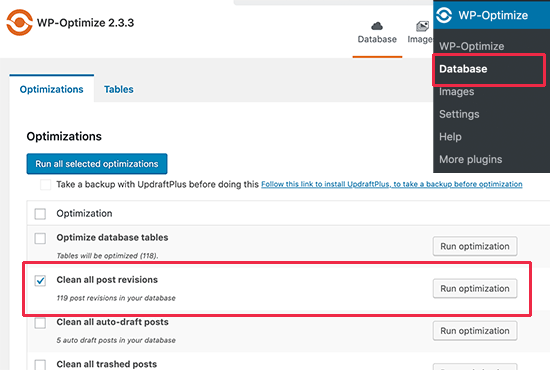
While creating posts on WordPress, each time you click on the ‘save draft’ button, a draft revision is stored on your site. If not controlled, your WordPress website will store all these versions indefinitely. So if a post was revised and edited 50 times, 50 versions will be saved on your website!
Once you have published a post, there is no need to save each and every version of a post. You can install revision control plugins where you can configure your site to save a minimum of 3-4 versions of a post. This way, you’ll have backups in case you make a mistake and at the same time, your site’s backend will become lighter.
You can also limit the number of automatic revisions made while drafting a post. For this, open the root folder of your WordPress installation. Then open the wp-config file with any file editor. Insert any of the codes listed below, before the code require_once(ABSPATH . ‘wp-settings.php’):
1. Limit post revisions
define ('WP_POST_REVISIONS', 3);2. Increase autosave interval
define('AUTOSAVE_INTERVAL', 300 ); // seconds9. Minify HTML, JavaScript and CSS Files
It is possible that your website code has extra or redundant characters, duplications, spaces, etc. Minifying is the process of reducing your file size by eliminating these unnecessary elements. Many page speed testing tools recommend you to minify your code script files in order to increase site speed.
You can use plugins like Autoptimize or WP Rocket to minify your CSS and JS files.
10. Keep Everything Updated
This one’s very obvious. Your WordPress version, plugins, themes, and any other third-party extensions should be up-to-date. Outdated versions often slow down and become vulnerable to hacking attacks. So pay attention to updates and don’t procrastinate when it comes to this basic WordPress speed optimization step!
11. Add Expires Headers
Expires headers tell the browser whether it should request a specific resource from the site’s server or grab it from its own cache storage. These reduce the request load on servers. Moreover, the cached information is fetched faster by browsers, thus reducing your WordPress website’s load time.
Insert the following code in your .htaccess root file:
ExpiresActive On
ExpiresByType image/gif A2592000
ExpiresByType image/png A2592000
ExpiresByType image/jpg A2592000
ExpiresByType image/jpeg A2592000The above expires headers are set for a month (calculated in seconds). You can change them according to your wish. This WordPress speed optimization technique is one of the top recommendations made by Pingdom and GTmetrix when you conduct a speed test.
12. Reduce your Website’s size using GZIP Compression
GZIP is a file format or software that shrinks the size of text-based files like HTML, CSS, JS, etc. When a browser requests content from a site, it first checks if the site’s server GZIP compression enabled by looking for the content-encoding: gzip HTTP header. If it exists, the web browser will serve the compressed version of the files.
If not, then uncompressed files that take longer to load are displayed. You can install WordPress plugins for GZIP compression. If you’re using W3 cache for caching, then you can enable GZIP compression on that plugin.
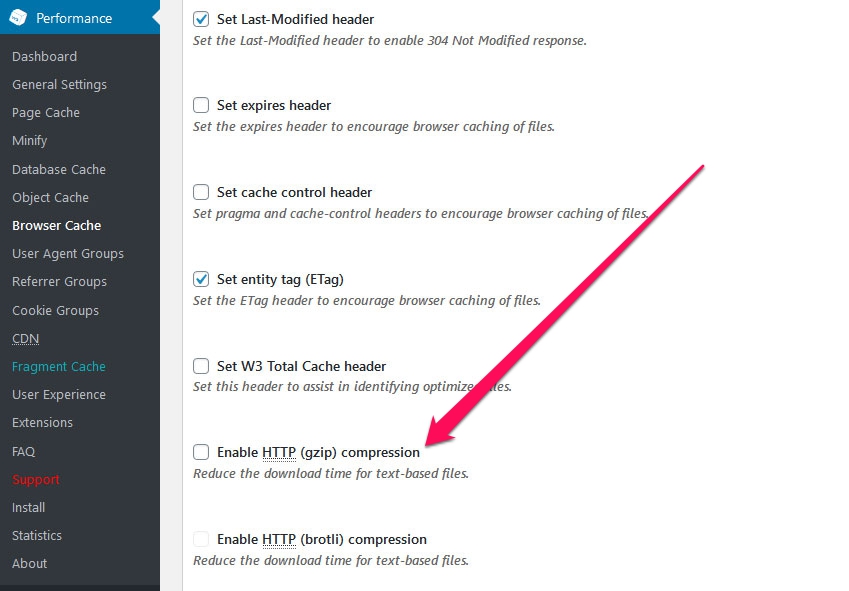
13. Disable Inactive or Slow Plugins
If you have a WordPress website, you will employ a number of plugins to increase your site’s functionality. Heavy plugins or ones that are slow to function can affect the speed of your WordPress site. It’s important to identify the extensions that are of baggage to your site, disable them, and look for better alternatives.
You can install plugins like Query Monitor to detect slow plugins and other performance loopholes.
Conclusion
The above techniques to speed up WordPress website will surely help you, and you will definitely see a reduction in your site’s load speed. You can contact us for more recommendations.
If you have any feedback or queries, do mention in the comments below!
Read next: How to Properly Conduct a Website Speed Test

Divya loves writing and is passionate about marketing. When not trying to hone her skills, you’ll find her either reading or binging on TV shows.


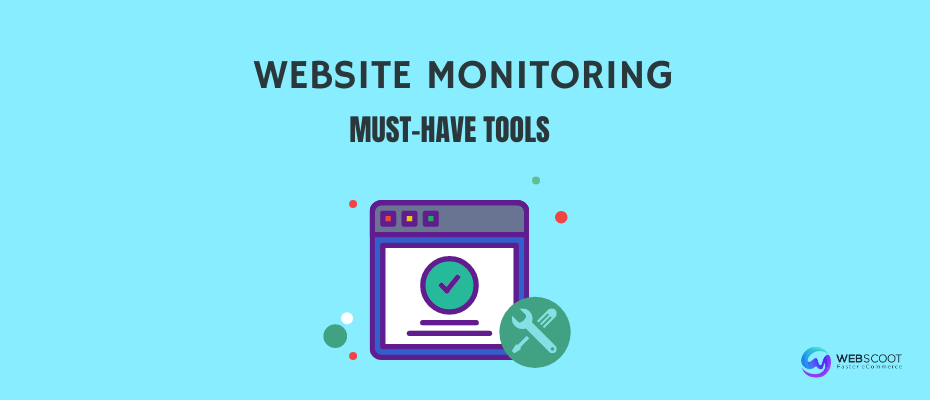
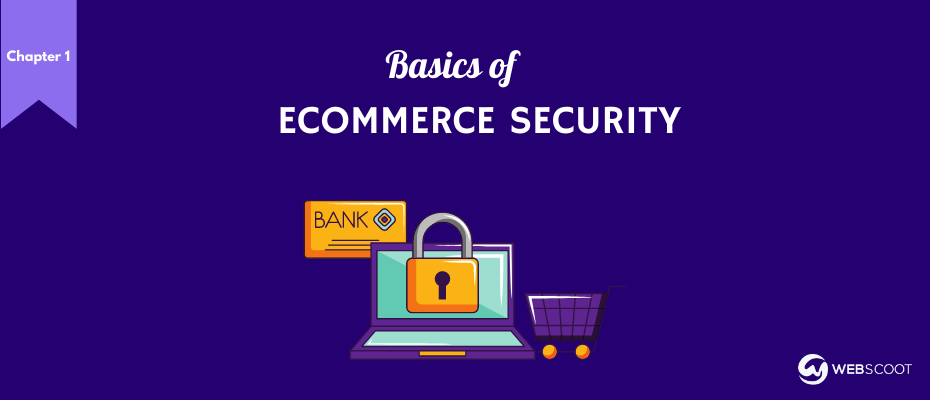
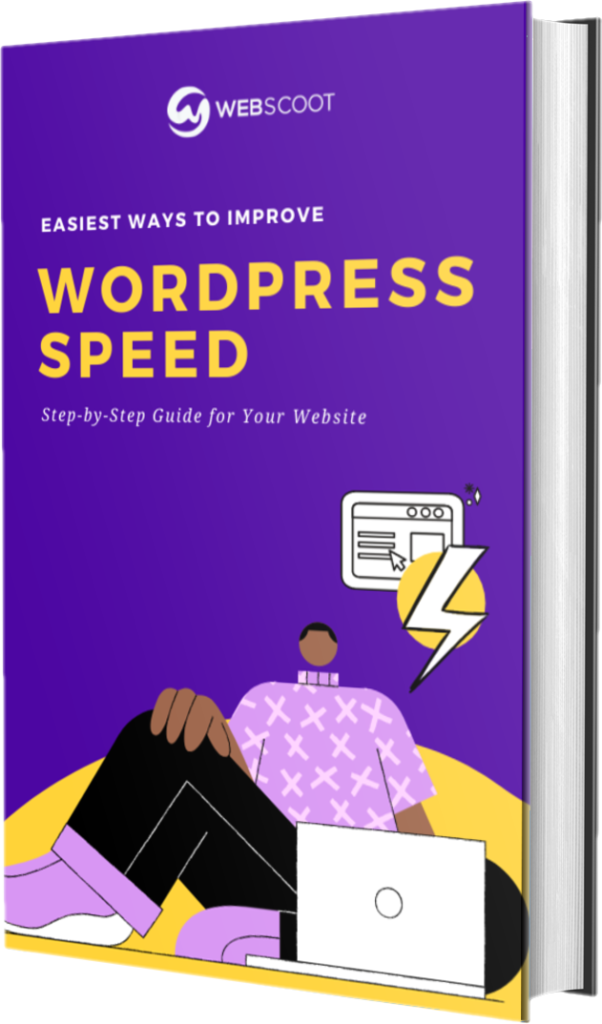
Way cool! Some extremely valid points! I appreciate you writing this write-up plus the rest of the site is also very good.
This is really helpful, it helped me to speed up my WordPress website. Really thank you! Fantastic.
Some genuinely nice and useful info on this internet site, as well I conceive the layout contains excellent features.
I enjoy the efforts you have put into this, thank you WebScoot for all the great content.
Thanks so much for the article post. Really looking forward to read more.
I am actually pleased to glance at this website posts which carries lots of valuable facts, thanks for providing this kind of detailed information.
Very good article. I am dealing with a few of these issues as well
Your method of telling the whole thing in this post is truly nice, all be able to effortlessly understand it, Thanks a lot.
If you want to grow your knowledge simply keep visiting this website and be updated with the newest information posted here.
Excellent post, oneself incorporate pointed out some superb information, I also believe that this is a Quite excellent blog.
Very informative blog article. Really thank you!
I really like reading an article that will make people think. Also, many thanks for allowing me to comment.
Appreciation to my father who told me concerning this article to speed up a WordPress website, this blog is genuinely amazing.
This is one awesome piece of information to speed up the WordPress website. Thanks Again. Really Cool.
There is certainly a lot to find out about this topic. I really like all of the points you have made.
You got a very excellent website, I noticed it through yahoo.